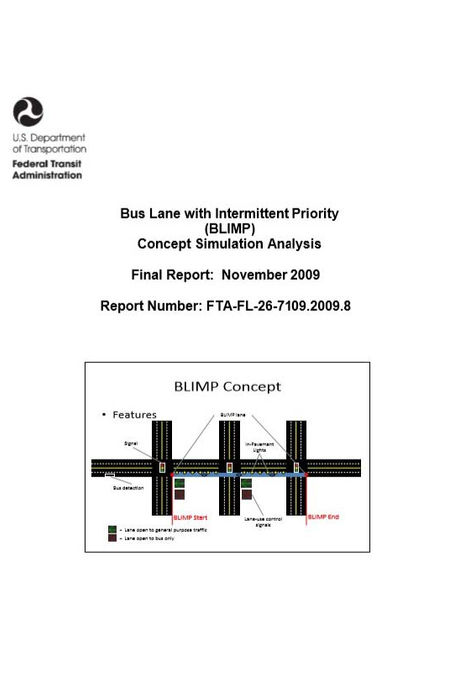/innovations
careyBRT is recognized for delivering innovative, award-winning design solutions that set
new standards in Bus Rapid Transit (BRT).
Below are samples of these innovations:

Operating Arrangements “Threading the Needle”:
Introducing a fixed-guideway system into an already developed corridor presents a fundamental challenge: securing sufficient right-of-way (ROW) for dedicated runningways. In most cases, roadways have already been widened to their limits, leaving little space—or public support—for reallocating lanes to transit.
To address these challenges, careyBRT has led design efforts that apply innovative techniques for “shoehorning” transit alignments into extremely constrained environments. A notable example is the award-winning Eugene EmX BRT, where six distinct operating arrangements were implemented within just a 3.4-mile corridor. Among these was the pioneering two-way single-lane operation, which has since been successfully adopted in other communities, including Ontario’s York Viva BRT system.
Drawing on extensive experience in BRT planning and operations, careyBRT applies the most effective solution from its wide toolbox of techniques. Each application is informed by the interplay of corridor geometry, traffic operations analysis, and a deep understanding of the operational and community benefits associated with each method.

Vehicle/Platform Interface: Rub Rail
The vehicle–platform interface is one of the most critical elements in delivering safe, efficient, and user-friendly BRT operations. Most BRT systems aim to achieve level boarding, as it significantly reduces dwell times and ensures universal accessibility—without requiring ramps or lifts. Yet, relatively few systems have successfully implemented this feature.
Since 1996, careyBRT has been at the forefront of developing vehicle docking technologies. Our work began with the pioneering magnetic docking system and later advanced with the design of the Eugene EmX “rub-rail”—a simple yet highly effective device that guides BRT vehicles precisely into the docking position while protecting buses from damage. This innovation has since been deployed across numerous BRT systems throughout North America.

Vehicle/Platform Interface: careyFingers
While the rub rail improves docking precision, the remaining gap between the vehicle and platform often still exceeds ADA accessibility requirements. To overcome this challenge, careyBRT developed an innovative gap-filling device made of flexible fingers—known as careyFingers.
This simple yet highly effective solution bridges the space between bus and platform, enabling safe, gap-free, and universally accessible boarding. The technology is currently in successful operation on several leading BRT systems, including CTfastrak (Connecticut), Tempo BRT (Oakland), and the Red Line BRT (Indianapolis).

Pre-signaling:
Pre-signaling is an alternative transit priority technique that, in certain locations, can be more effective than traditional queue jumps. It involves installing an additional set of traffic signals upstream of an intersection, enabling transit vehicles to move ahead of general traffic and position themselves at the head of the queue before the main signal.

Bus Lanes with Intermittent Priority (BLIMP)
Many communities are exploring enhanced transit options such as Bus Rapid Transit (BRT) as attractive alternatives to private automobiles. A defining feature of BRT is the use of exclusive right-of-way; however, in many corridors, transit demand is insufficient to fully justify a permanent dedicated lane.
The Bus Lane with Intermittent Priority (BLIMP) is a dynamic lane management technique that provides buses with an unimpeded throughway on an as-needed basis, balancing the efficiency of transit operations with the realities of limited roadway capacity.
careyBRT staff have been leaders in advancing this concept, developing analytical tools to evaluate its application and benefits. This work included the creation of a core script for use within the VISSiM traffic simulation platform.
Reference:
Bus Lane with Intermittent Priority (BLIMP) Concept Simulation Analysis. FTA Report.

Minimizing Impervious Surface
One of the key challenges in developing new busways or bus lanes is minimizing the environmental footprint of the facility. The addition of dedicated lanes often increases the amount of impervious surface, creating runoff issues that must be mitigated elsewhere.
To address this, careyBRT pioneered the grassed median bus lane concept. This design consists of two concrete wheel tracks separated by a French drain, allowing stormwater to infiltrate naturally. The result is a substantial reduction in impervious surface compared with conventional pavement designs.
This innovative technique was successfully implemented on the EmX BRT system in Eugene, Oregon, where it provided both functional and environmental benefits.
